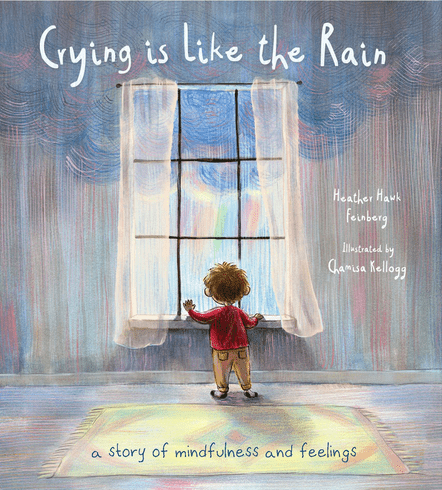 “Crying is Like the Rain: A Story of Mindfulness and Feelings” is a sweet, simple look at the manner in which feelings arise and disappear, like clouds, thunderstorms — or even earthquakes and tidal waves. Yet the seemingly inane nature of this message is deceptive. If it was one we’d all internalized as children, would our world look the same as it does today? Would we treat the earth, ourselves — and each other — better?
“Crying is Like the Rain: A Story of Mindfulness and Feelings” is a sweet, simple look at the manner in which feelings arise and disappear, like clouds, thunderstorms — or even earthquakes and tidal waves. Yet the seemingly inane nature of this message is deceptive. If it was one we’d all internalized as children, would our world look the same as it does today? Would we treat the earth, ourselves — and each other — better?
The story begins with a child’s observation:
One day I heard someone special say, “Feelings are like the weather. They come and go.” Well, if feelings are like the weather, then crying is like the rain.
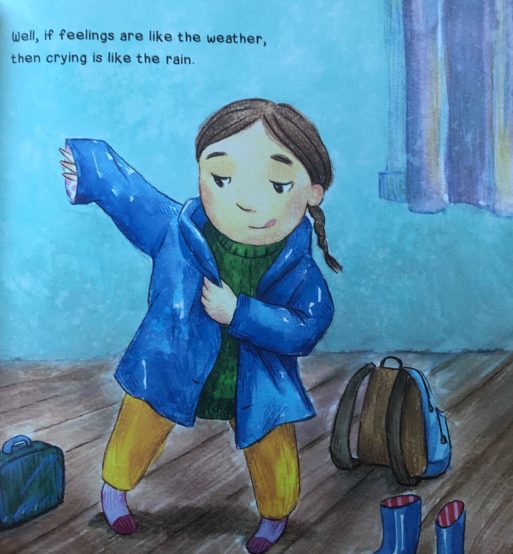
Author Heather Hawk Feinberg moves on to note that many people find crying disturbing, or something that they need to fix. But, she points out, crying is natural, like storms — and, like storms, can clear the air. While showers often leave rainbows in their wake, Feinberg draws a parallel with the human body — which, after a good bout of crying, can remain infused with a sense of clarity and ease.
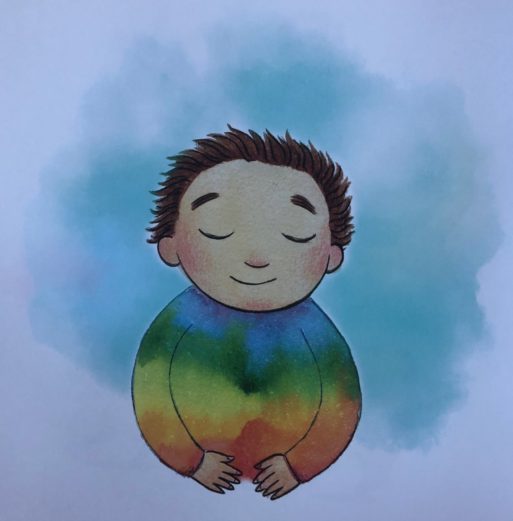
In an author’s note at the end of the story, titled “Crying Really is like the Rain,” Feinberg — who spent 25 years educating and counseling children, teens and families in addition to raising her own child — wrote that once she began to consider feelings as weather, “it changed me.” As she writes:
This book is an invitation to look with new eyes the way we experience feelings — ours and others’ — especially the feelings we tend to ignore, hide, or label as wrong or negative. All feelings have a purpose. They guide us toward understanding ourselves and one another.
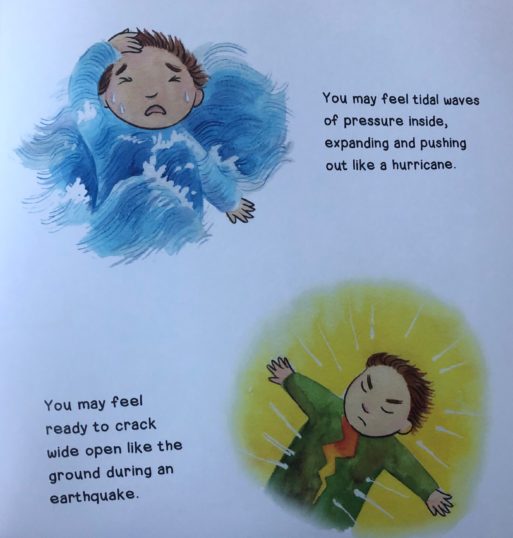
As children struggle with the long-term effects of lockdowns, bereavement and other immensely difficult challenges, Feinberg’s book may provide a breath of fresh air for adults seeking to help their small loved ones process their feelings. Chamisa Kellogg’s warm, colorful illustrations, meanwhile, invite us to embrace these emotions as normal, natural and even something that can be comforting.
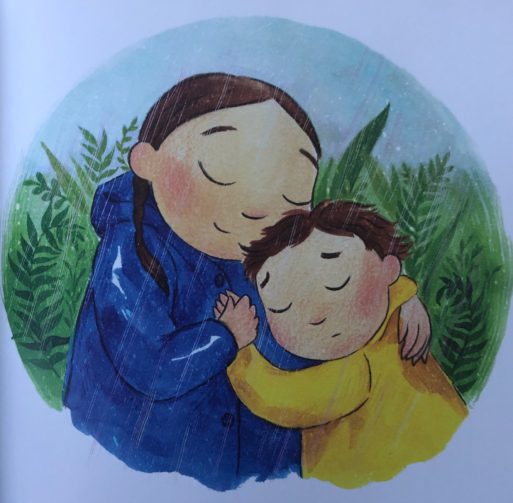
Feinberg ends with a “Mindfulness Game” and other prompts that encourage children to experience and process their feelings. The message is the polar opposite of the standard trope, “Boys don’t cry”; one that provides the beginning of a balm for our hurting world.

 “Crying is Like the Rain” by Heather Hawk Feinberg, Illustrated by Chamisa Kellogg
“Crying is Like the Rain” by Heather Hawk Feinberg, Illustrated by Chamisa Kellogg


 How Dare You Die Now!
How Dare You Die Now!
 Debating Medical Aid in Dying
Debating Medical Aid in Dying
 “Help Me, Helen”
“Help Me, Helen”














